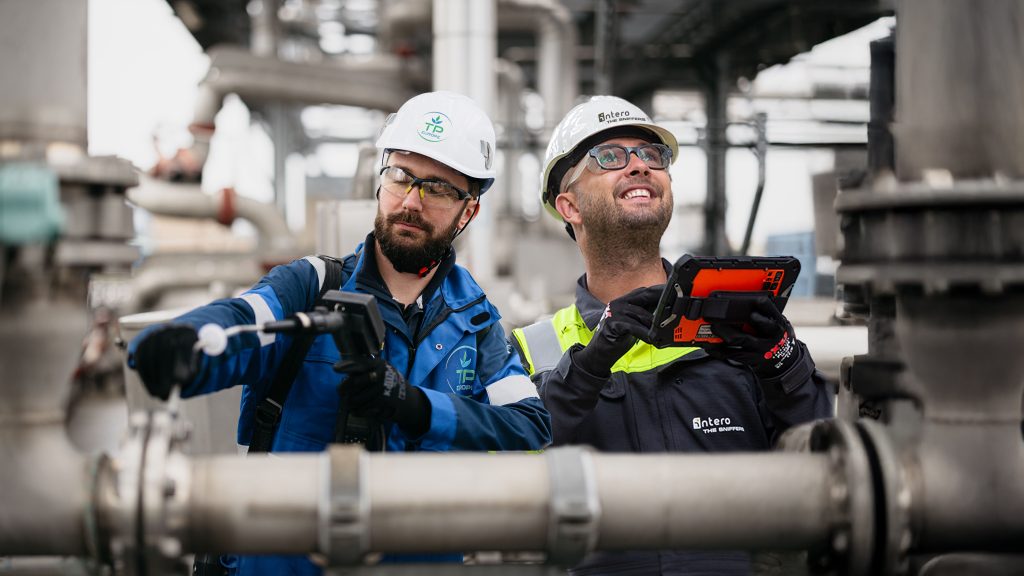Pipeline Inspections
Pipeline inspections are integral to ensuring the safety and efficiency of energy transportation. With the spotlight increasingly on environmental implications, understanding the significance of methane emissions from pipelines has taken center stage.
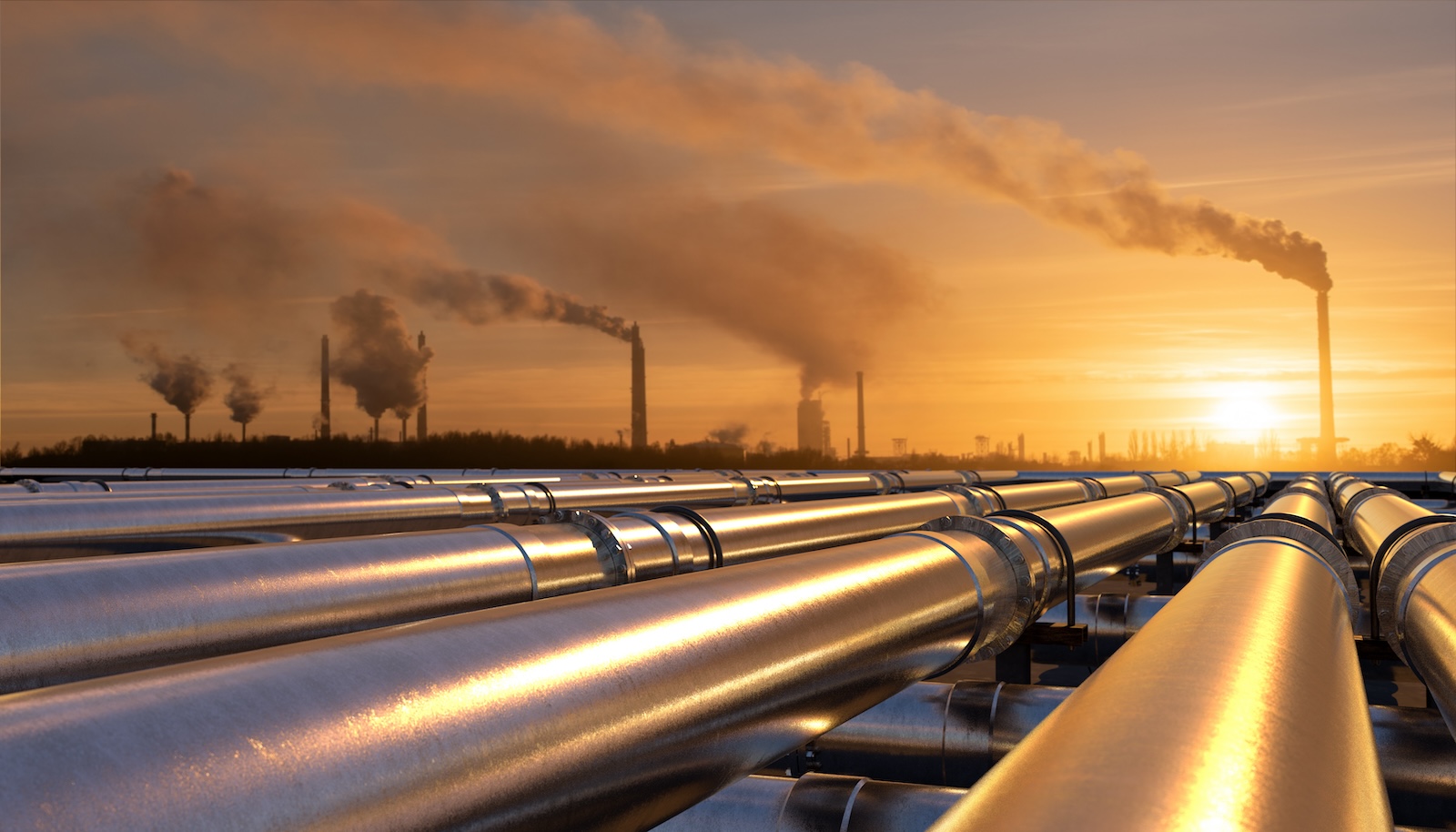
Importance of Methane Emission Control in Pipelines
The oil and gas industry has often been a major contributor to greenhouse gas emissions. Among these, methane stands out due to its potency in warming our planet.
Methane's Impact on Global Warming
Methane, CH₄, is one of the primary constituents of natural gas and is over 28 times more potent at trapping heat in the atmosphere than carbon dioxide (CO₂) over a 100-year period. According to the Intergovernmental Panel on Climate Change (IPCC), methane’s global warming potential magnifies to 84-87 times that of CO₂ when considered over a 20-year timeframe. Thus, even small leaks can significantly contribute to global warming.
| Gas | Global Warming Potential (20 years) | Global Warming Potential (100 years) |
|---|---|---|
| Methane (CH₄) | 84-87 | 28 |
| Carbon Dioxide (CO₂) | 1 | 1 |
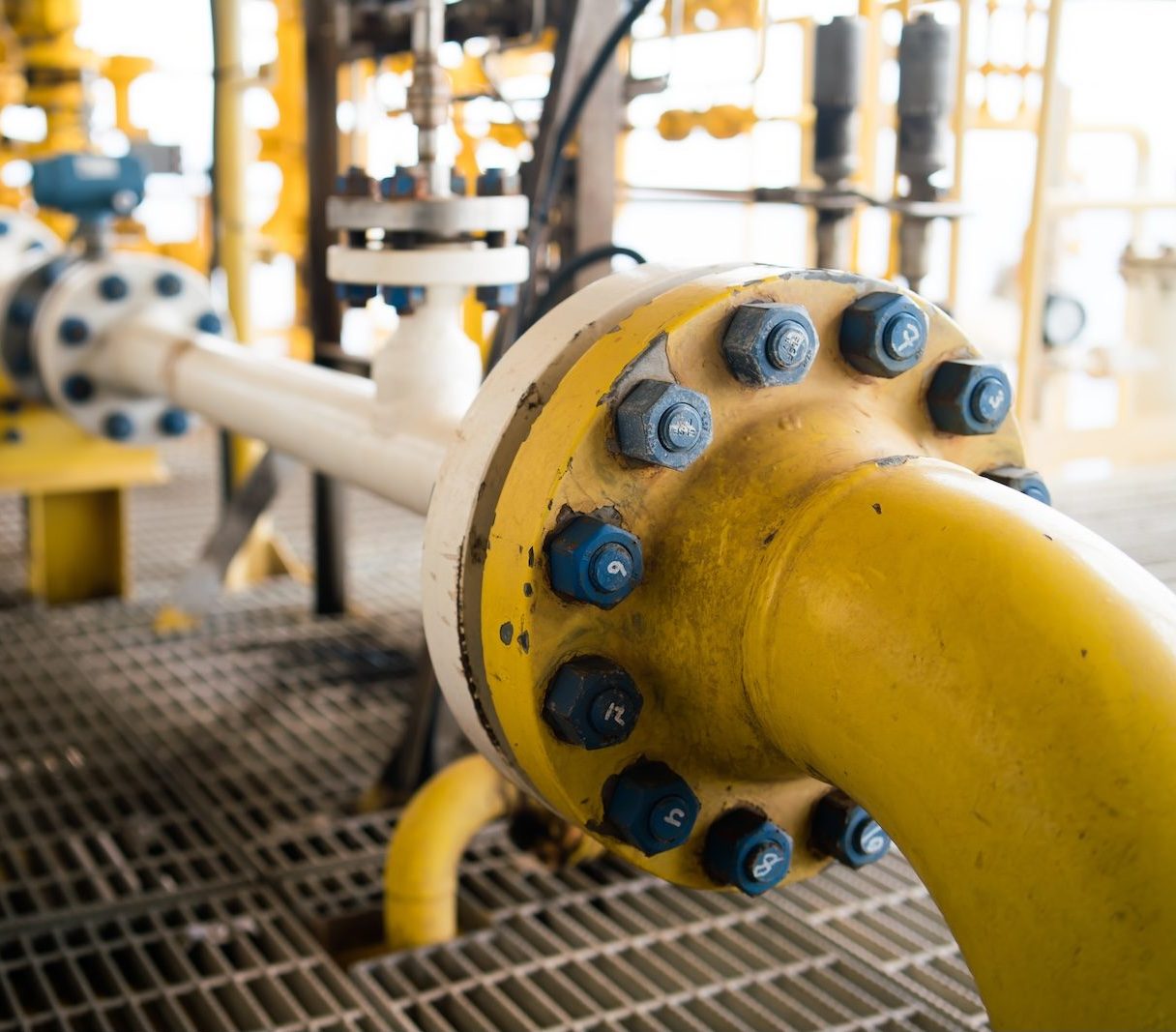
Challenges in Methane Leak Detection
Identifying methane leaks is challenging due to the following reasons:
- Methane is colorless and odorless in its natural state, making it invisible to the naked eye.
- The vast length and often underground nature of pipelines make physical inspections tedious.
- Traditional leak detection methods are not always sensitive enough to detect small leaks that can, over time, amount to significant emissions.
Given these challenges, it’s crucial to utilize cutting-edge technologies and methodologies to effectively detect, measure, and manage methane emissions from pipelines.
Pipelines as a Significant Methane Source
Pipelines, especially those associated with the oil and gas sectors, are pivotal infrastructure elements but can be notorious methane emission sources. Factors such as aging infrastructure, lack of maintenance, and natural wear and tear can cause these pipelines to leak. Recent studies suggest that pipeline leaks contribute to a significant portion of the overall methane emissions from human activities.
Advanced Technologies in Methane Detection
In a world where environmental conservation is a primary concern, the oil and gas industry is under pressure to reduce its carbon footprint. This urgency has led to the rise of innovative technologies tailored for precise methane detection. Leveraging these advanced tools is imperative to ensure that methane emissions are kept at a minimum.
Car Methane Laser Systems
Car Methane Laser Systems represent the cutting edge of methane detection technology. By mounting these systems onto vehicles, inspectors can cover vast stretches of pipelines in a relatively short time. Here’s a brief overview of how they work:
Principle of Detection: These lasers rely on Tunable Diode Laser Absorption Spectroscopy (TDLAS), which is a method that quantifies the concentration of specific gases (in this case, methane) by measuring the amount of laser light absorbed by the gas molecules.
Scope: Given the mobility offered by vehicle-mounting, large areas can be scanned quickly, providing comprehensive coverage of pipeline networks.
| Feature | Benefit |
|---|---|
| Mobility | Rapid and wide-area coverage |
| Precision | High sensitivity to even minor leaks |
| Real-time Data | Immediate feedback allows for swift action |
How TP Europe Utilizes Laser Tech
TP Europe has been a frontrunner in adopting and optimizing Car Methane Laser Systems for pipeline inspection. With an emphasis on precision and speed, TP Europe has:
- Custom-calibrated their lasers for optimum sensitivity.
- Integrated Geographic Information Systems (GIS) to provide spatial data on leak locations.
- Employed data analytics to interpret results, ensuring that anomalies are not just detected but also understood.
Handheld Methane Lasers
In contrast to the broader scope offered by car-mounted systems, handheld methane lasers are designed for targeted, up-close inspections. They are especially useful in complex terrains or areas where vehicular access is limited.
Benefits and Efficiency in On-the-Go Inspection
Handheld Methane Lasers offer a unique set of advantages:
- Flexibility: Can be used in areas inaccessible by vehicles, like mountainous terrains or densely vegetated areas.
- Precision: Enables inspectors to pinpoint the exact location of a leak, facilitating quicker repairs.
- Usability: Lightweight and portable, these devices can be deployed quickly and require minimal setup.
TP Europe's Expertise in Pipeline Inspection
TP Europe stands out in the realm of pipeline inspection, boasting a harmonious blend of advanced technology, skilled personnel, and methodical processes. The company’s rigorous commitment to maintaining high standards sets a benchmark for methane detection and management.
Importance of Trained Personnel in Methane Detection
While technology plays a pivotal role, the human element remains irreplaceable. The expertise of trained personnel is paramount in ensuring that inspections are conducted thoroughly and anomalies are aptly addressed.
Training Regimen: TP Europe invests in regular, comprehensive training sessions that update the crew on the latest detection methodologies and tools.
Experience Matters: With years of field experience, TP Europe’s staff can discern subtle signs that might be overlooked by less seasoned inspectors.
Safety First: Equipped with knowledge of safety protocols, TP Europe’s team ensures that inspections are conducted without jeopardizing the integrity of the pipelines or the environment.
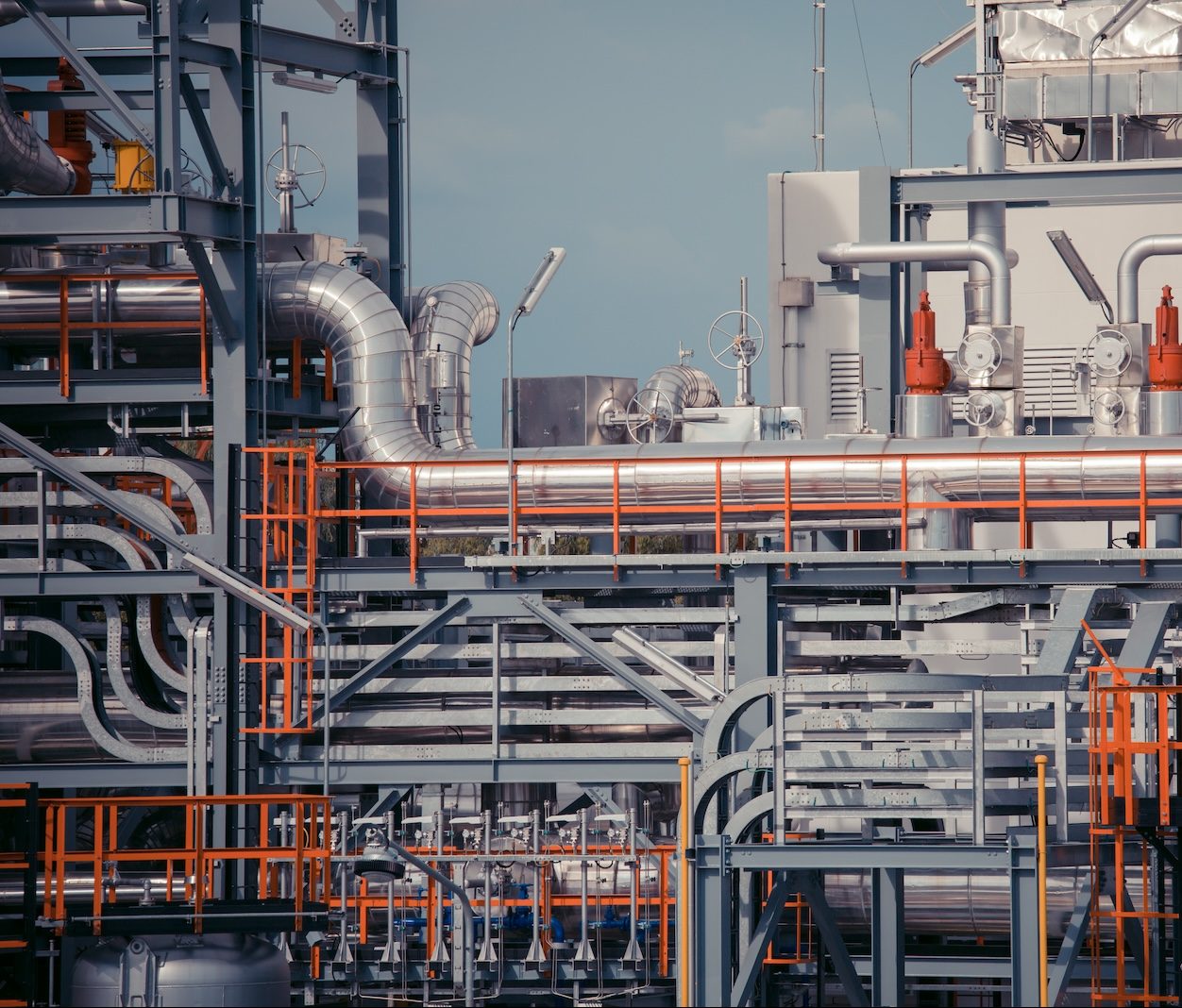
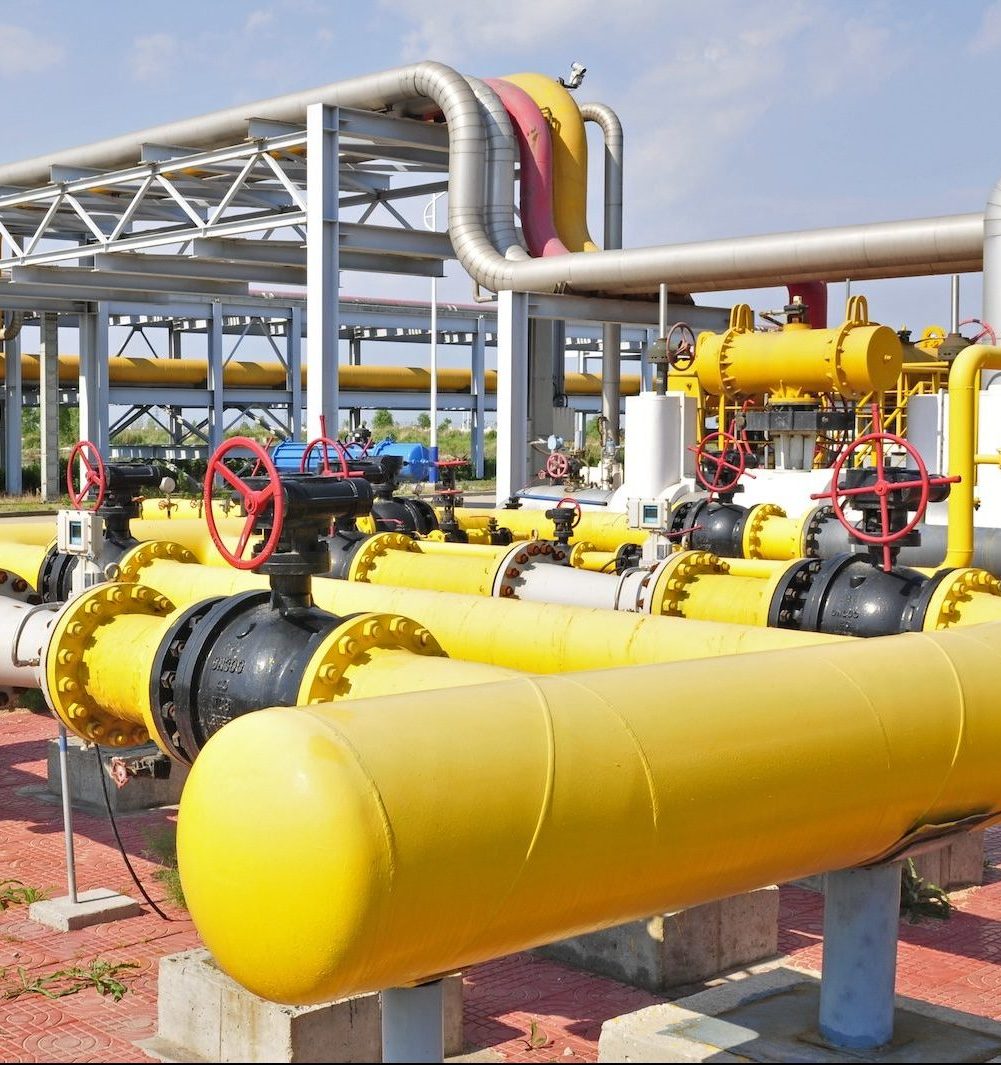
ATLAS Emission Management Software
ATLAS stands as TP Europe’s technological cornerstone, a bespoke Emission Management Software designed to aid in the efficient management of methane detection data.
Delivering Reliable Inspection Outcomes
The capabilities of ATLAS go beyond mere data collection:
Integration: ATLAS seamlessly integrates with various methane detection tools, collecting data in a unified platform for ease of analysis.
Analytical Prowess: Armed with advanced algorithms, ATLAS can discern patterns, predict potential risks, and offer actionable insights.
User-Friendly Interface: Despite its technical depth, ATLAS is designed with a user-centric approach, ensuring that data interpretation remains intuitive.
Ensuring Environmentally Responsible Pipeline Operations
The energy sector’s role in the global environmental conversation has intensified, and TP Europe is steadfast in its mission to conduct pipeline operations with the utmost responsibility towards the environment.
Immediate Leak Repair & Management
Speed is of the essence when it comes to addressing pipeline leaks. Immediate repair not only safeguards operational integrity but also minimizes environmental harm.
Rapid Response Teams: TP Europe deploys specialized teams equipped to act swiftly upon detecting a leak.
Advanced Monitoring Systems: Continuous real-time monitoring ensures that even minute discrepancies are identified promptly.
Integrated Management Protocols: A cohesive strategy ensures that every leak is categorized, addressed, and documented for future reference.
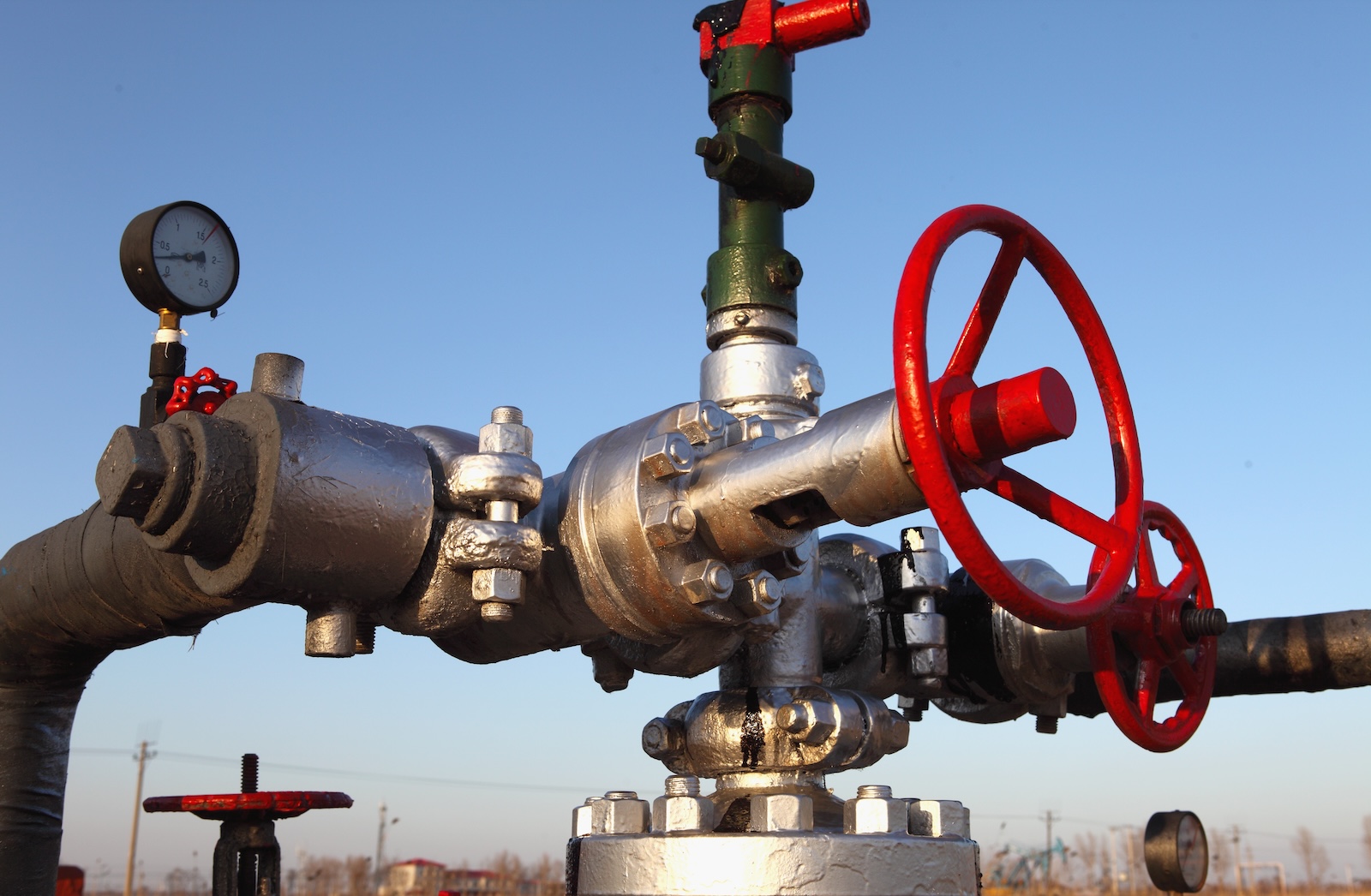
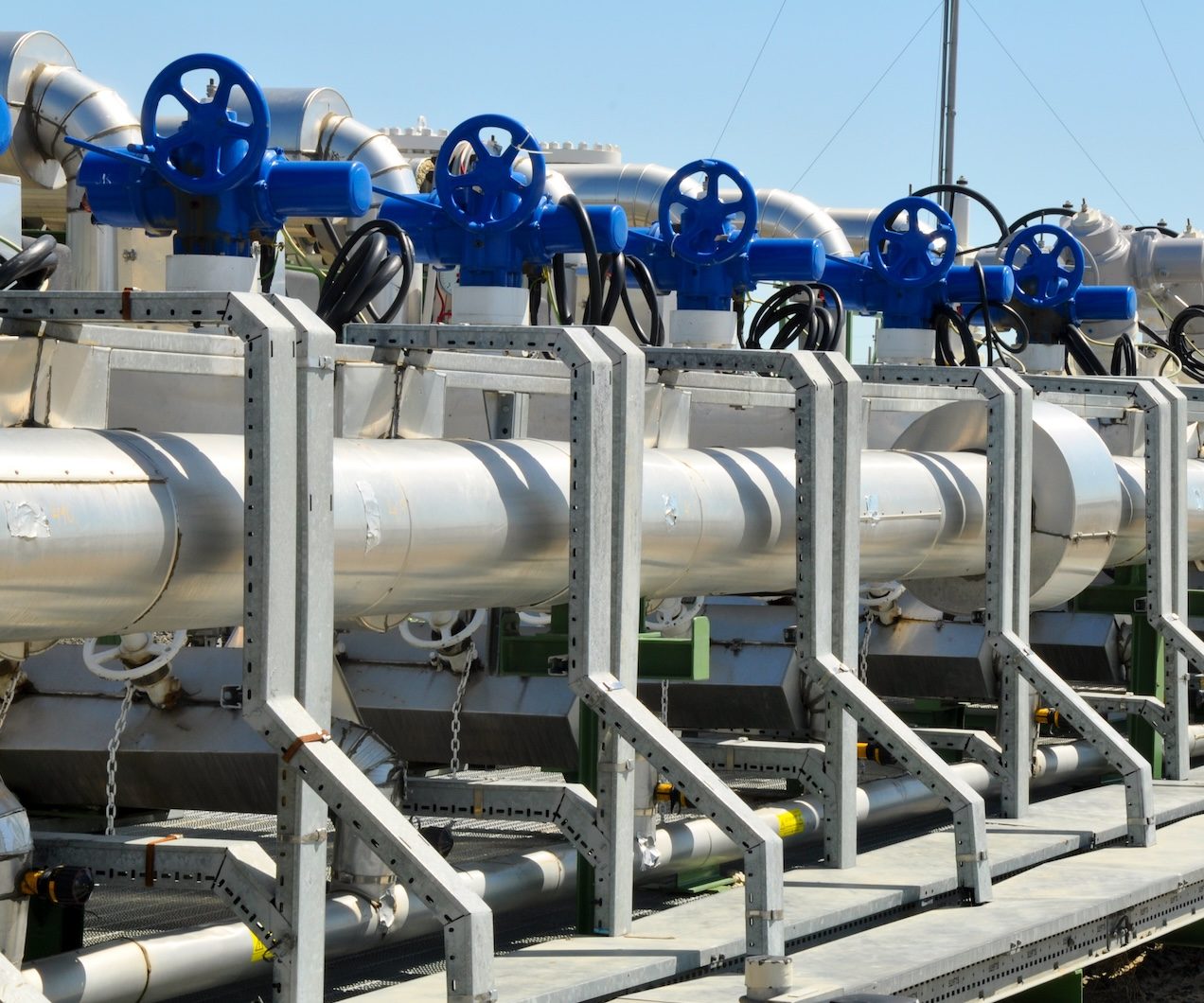
TP Europe's Legacy in Pipeline Inspection
A legacy isn’t just built on years of operation but on consistent excellence. TP Europe’s track record speaks volumes:
-
Years of Experience: A rich history in the pipeline inspection sector ensures that the company’s expertise is unparalleled.
-
Client Testimonials: Over the years, TP Europe has garnered glowing feedback from clients, reinforcing its position as a trusted industry leader.
-
Innovation-driven: Always at the forefront of technological advancements, TP Europe’s commitment to innovation has made it a go-to for those seeking cutting-edge pipeline solutions.
CCO TP Europe.
Joey, Chief Commercial Officer at TP Europe, thrives in sales, drawing satisfaction from client happiness and the company's growth. His dedication to staying connected to the field and ambition for global expansion are key to driving our mission forward.
Published: Tp Europe

